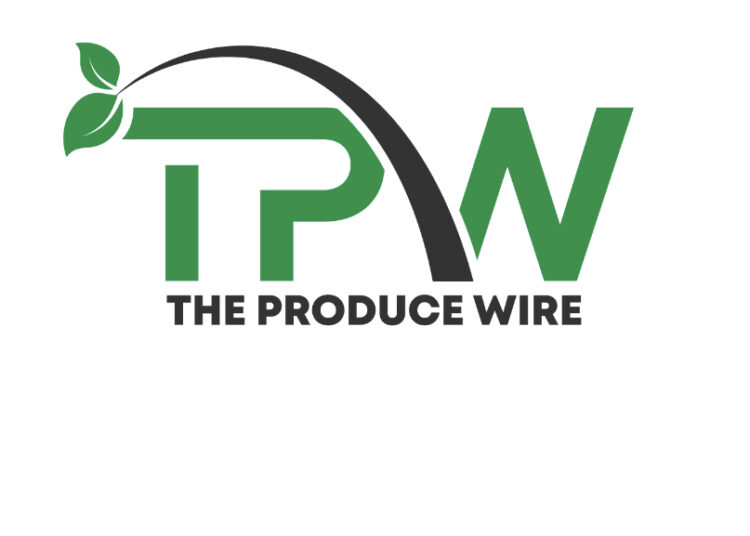September marks National Food Safety Education Month, and the Food and Drug Administration is urging Americans to focus on food safety, especially for those at higher risk of foodborne illness. The FDA emphasizes that following four basic steps— clean, separate, cook, and chill — can significantly reduce the likelihood of contracting a foodborne illness.
Each year, 1 in 6 Americans becomes ill from foodborne pathogens, resulting in 128,000 hospitalizations and 3,000 deaths, according to data from the Centers for Disease Control and Prevention. The FDA is particularly concerned with protecting vulnerable populations, including children younger than 5, adults older than 65, pregnant women, and people with compromised immune systems because of conditions including cancer, diabetes, and HIV/AIDS.
“Food safety is especially critical for these high-risk groups,” the FDA stated. “The consequences of foodborne illness can be much more severe for these individuals, potentially leading to longer illness, hospitalization, or even death.”
Foods posing higher risk
The FDA has identified several foods that pose a higher risk for contamination, particularly for those more vulnerable to foodborne illnesses. These include raw or undercooked meat, poultry, and seafood; deli meats; unwashed produce; unpasteurized dairy products and soft cheeses made from raw milk; and raw or undercooked eggs.
To minimize risk, the FDA advises high-risk individuals to be particularly cautious with these foods. For a complete list of high-risk foods, the FDA encourages visiting its website.
Symptoms and prevention
Symptoms of foodborne illnesses can appear as soon as 30 minutes after consuming contaminated food, or up to four weeks later. Common symptoms include nausea, vomiting, diarrhea, fever, and body aches. The FDA recommends contacting a healthcare provider if you suspect food poisoning.
To protect against foodborne illness, the FDA advocates for four key food safety practices:
Clean: Wash hands and surfaces often.
Separate: Keep raw meats and poultry separate from other foods.
Cook: Ensure food is cooked to the correct temperature.
Chill: Refrigerate food promptly.
More information on these safe food handling steps can be found on the FDA’s website.
Support Food Safety News during National Food Safety Education Month
Food Safety News, founded in 2009, is committed to delivering timely and independent coverage on critical food safety issues. During National Food Safety Education Month, we invite you to support our mission. Your donations will help expand our coverage and ensure we remain a trusted source of information for years to come. Every contribution makes a difference. Please consider donating today to help us reach our $10,000 goal.
For more information and to donate, click here.
(To sign up for a free subscription to Food Safety News, click here.)













